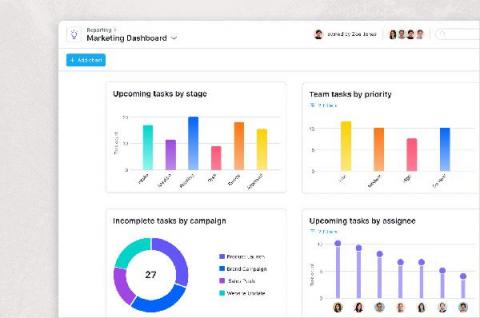5 ways Asana customers break down silos in their work
The past year has been a rollercoaster of changes for teams globally. For many companies, the abrupt change from working in-person to working remotely disrupted the way teams communicated. One of the biggest challenges of working remotely is ensuring that your team members are staying connected and aligned. Teams can easily get stuck in silos from working in different time zones or juggling several different tools in the remote working environment.











